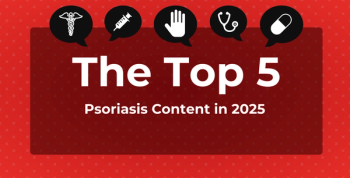
Ophthalmology Overview: Training With Virtual Reality, Refractive Error in Children, and More
Highlighting the latest ophthalmology-related news reported across MJH Life Sciences™.
Highlighting the latest
Enhancing Vitreoretinal Surgery Training via Virtual Reality
At the annual meeting of the Canadian Ophthalmological Society, the winner of an event modeled after the television program Shark Tank involved a project for a virtual reality (VR) simulator designed to boost retinal surgery training.
As reported by
The proposed VR simulator will be developed jointly by an engineering and ophthalmology team through iterative feedback and would be compatible with commercially available headsets and instruments. It is also set to be involved in a 2-phase study.
Maternal Diabetes Linked With Eye Issues in Offspring
As reported by
Evaluating data from approximately 2.4 million people born in Denmark between 1977 and 2016, increased risks in children with prenatal maternal exposure to diabetes were observed for hypermetropia, myopia, and astigmatism. Moreover, incidence was found to be more likely in children of mothers with diabetes who experienced diabetic complications vs those with mothers who had the condition but did not have complications.
By type of diabetes, risk for refractive error was found to be 32% higher in children who had mothers with type 1 diabetes and 68% in those who had mothers with type 2 diabetes, compared with unexposed offspring. Researchers concluded that early identification and intervention could provide a long-term positive impact on young children.
Collision-Warning Device Effective for Visually Impaired Patients
An electronic mobility aid designed to reduce collisions was found in a real-world study to decrease the rate of collisions by 37% in blind patients and those with severely impaired vision. Findings were reported by
Patients of the double-masked, randomized clinical trial were assessed via contact with obstacles detected during daily walks over the course of 4 weeks. Utilizing a video camera and microcomputer, the device was enclosed in a slingback bag, which switched itself randomly from active mode (intervention), where users were alerted to the potential for a collision via 2 vibrotactile wristbands, and silent mode, the control condition that detects the threat of collisions without providing warnings.
Participants whose device was set in active mode were also shown to have a significantly lower median number of contacts than those of the control group (9.3 vs 13.8; P < .001).
Newsletter
Stay ahead of policy, cost, and value—subscribe to AJMC for expert insights at the intersection of clinical care and health economics.








































